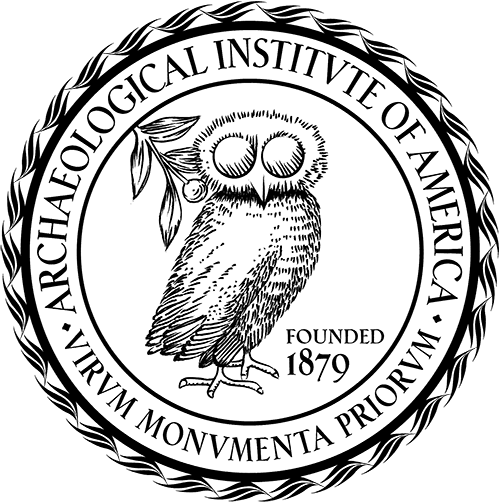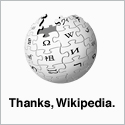 I’m proud to announce that the July/Aug/Sept/Oct 2019 special double issue of Biblical Archaeology Review (45/4&5) is now on newsstands.
I’m proud to announce that the July/Aug/Sept/Oct 2019 special double issue of Biblical Archaeology Review (45/4&5) is now on newsstands.
The double issue, which we’ve called “By the Hand of a Woman” (Judges 4:9), is special because all of the contributors have one thing in common: they are all excellent scholars sharing their research.
“The Wise Woman of Abel Beth Maacah”
by Nava Panitz-Cohen and Naama Yahalom-Mack
Appearing in 2 Samuel 20, the Wise Woman of Abel Beth Maacah adroitly saves her town from destruction. Who was this woman, and what role did she play in Israelite tradition that understood cities like Abel Beth Maacah and Tel Dan to be hosts to oracles and seers?
“Reimagining Herod’s Royal Portico”
by Orit Peleg-Barkat
A synthesis of Hellenistic and Roman architecture, King Herod’s Royal Portico on the Temple Mount was one of his most ambitious and impressive construction projects. What archaeological evidence can we use to reconstruct this magnificent structure?
“Baby Burials in the Middle Bronze Age”
by Beth Alpert Nakhai
In ancient Canaan, people often buried their dead babies in storage jars, which they then deposited under the floor or wall of a house, in an open area, or in a tomb. Explore this custom with Beth Alpert Nakhai, who makes sense of these perplexing burials.
“Song of Liberation: Freedom in the Late Bronze Age”
by Eva von Dassow
Preserved in cuneiform tablets from around 1400 B.C.E., the Song of Liberation tells a story of the people of Igingallish being held as captives in the neighboring city of Ebla. When gods rule this to be unjust, it is up to Ebla’s assembly to decide their own fate.
“Stepped Pools and Stone Vessels: Rethinking Jewish Purity Practices in Palestine”
by Cecilia Wassén
It is generally assumed that the increased production of stone vessels and the introduction of stepped pools around the turn of the era reflect Jewish concerns with ritual purity. Cecilia Wassén suggests other, more mundane, factors, such as general Hellenizing influences and the Roman culture of bathing.
“Baking Bread in Ancient Judah”
by Cynthia Shafer-Elliott
Excavations at Tell Halif have uncovered several houses from the eighth century B.C.E. One house in particular offers up a host of information about ancient Judahite food processes and preparation. Explore how bread was baked at Tell Halif—and who did the baking.
“Reactivating Remembrance: Interactive Inscriptions from Mt. Gerizim”
by Anne Katrine de Hemmer Gudme
When people visited temples in ancient Palestine, how did they worship? Archaeologists have uncovered large amounts of dedicatory inscriptions from ancient temples, including the Samaritan temple on Mt. Gerizim. Discover what role these inscriptions played in worship.
“Secrets of the Copper Scroll”
by Joan E. Taylor
In 1952, archaeologists discovered the Copper Scroll in a cave near the Dead Sea. It details a vast treasure hidden in various locations throughout the Judean wilderness. Although none of this treasure has been found, could it refer to articles from the Jerusalem Temple?
“Blurred Lines: The Enigma of Iron Age Timnah”
by Mahri Leonard-Fleckman
Borders and ethnicities are not always as cut and dry as lines on a map. Modern readers tend to place social constructs on ancient peoples that simply did not exist. Sitting at a crossroads, biblical Timnah defies identification, as concepts of identity were fluid.
AND
BIBLICAL VIEWS
“Multicultural Moses: Reexamining an Icon”
by Amanda Mbuvi
ARCHAEOLOGICAL VIEWS
“Missing from the Picture: American Women in Biblical Archaeology”
by Jennie Ebeling
Please visit www.biblicalarchaeology.org/magazines to view the complete contents of the July/August/September/October 2019 issue of BAR. Take a look at Bible History Daily (biblicalarchaeology.org/blog) for additional features. Explore a free eBook about life for everyday people in the biblical world (biblicalarchaeology.org/ancientlives). Enjoy a special collection of articles about biblical heroines, from Esther and Judith to Mary Magdalene, who shaped biblical history and the message of the Bible (biblicalarchaeology.org/biblewomen).
Filed under: archaeology, bar, bible, Bible History Daily, biblical archaeology review, Biblical Archaeology Society, dead sea scrolls, gender issues, Jerusalem, judaism, qumran, religion, robert cargill | Tagged: Abel Beth Maacah, Amanda Mbuvi, Anne Katrine de Hemmer Gudme, Baby Burials, Beth Alpert Nakhai, Cecilia WassĂ©n, copper scroll, Cynthia Shafer-Elliott, Ebla, Eva von Dassow, herod the great, Igingallish, Jennie Ebeling, Joan E. Taylor, Mahri Leonard-Fleckman, mt. gerizim, Naama Yahalom-Mack, Nava Panitz-Cohen, Orit Peleg-Barkat, Royal Portico, Song of Liberation, stepped pools, Tell Halif, Timnah | Leave a comment »




 In the episode of Joseph in the series
In the episode of Joseph in the series 
 The Biblical Archaeology Society is pleased to announce the publication of the March/April 2019 issue of Biblical Archaeology Review (Vol. 45, No. 2). This issue contains some wonderful articles:
The Biblical Archaeology Society is pleased to announce the publication of the March/April 2019 issue of Biblical Archaeology Review (Vol. 45, No. 2). This issue contains some wonderful articles:
 The Biblical Archaeology Society (BAS) is pleased to announce the publication of the January/February 2019 issue of
The Biblical Archaeology Society (BAS) is pleased to announce the publication of the January/February 2019 issue of 














